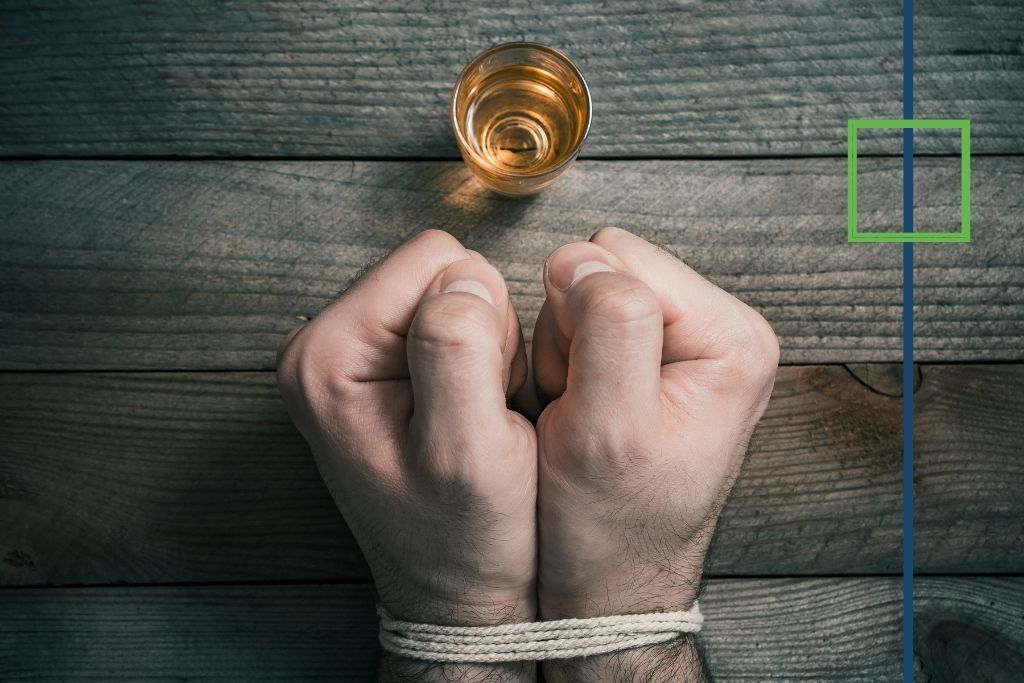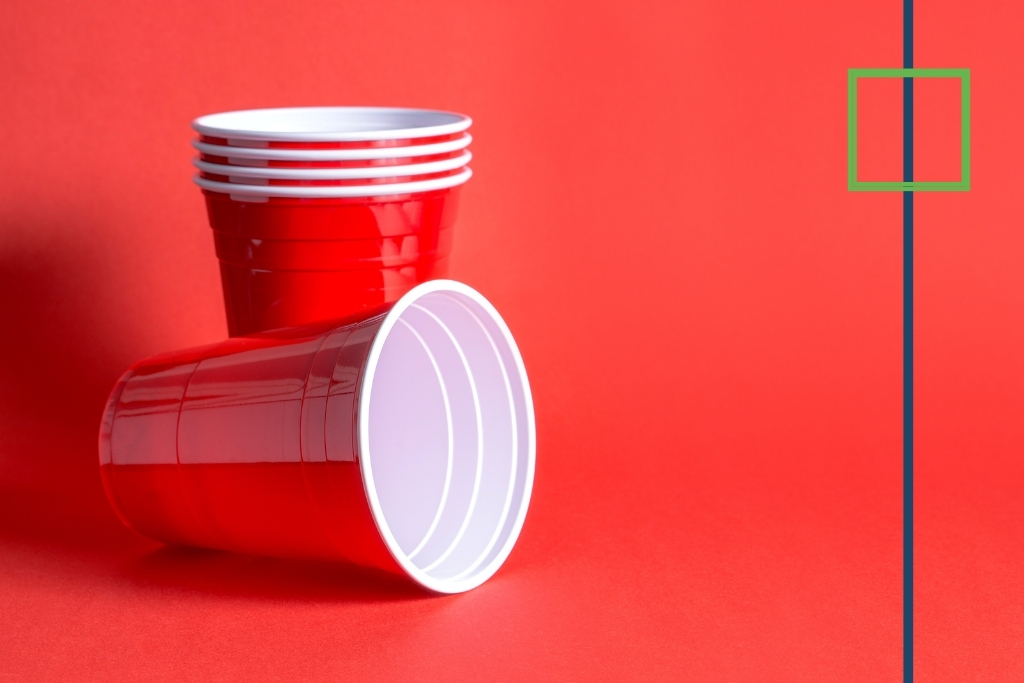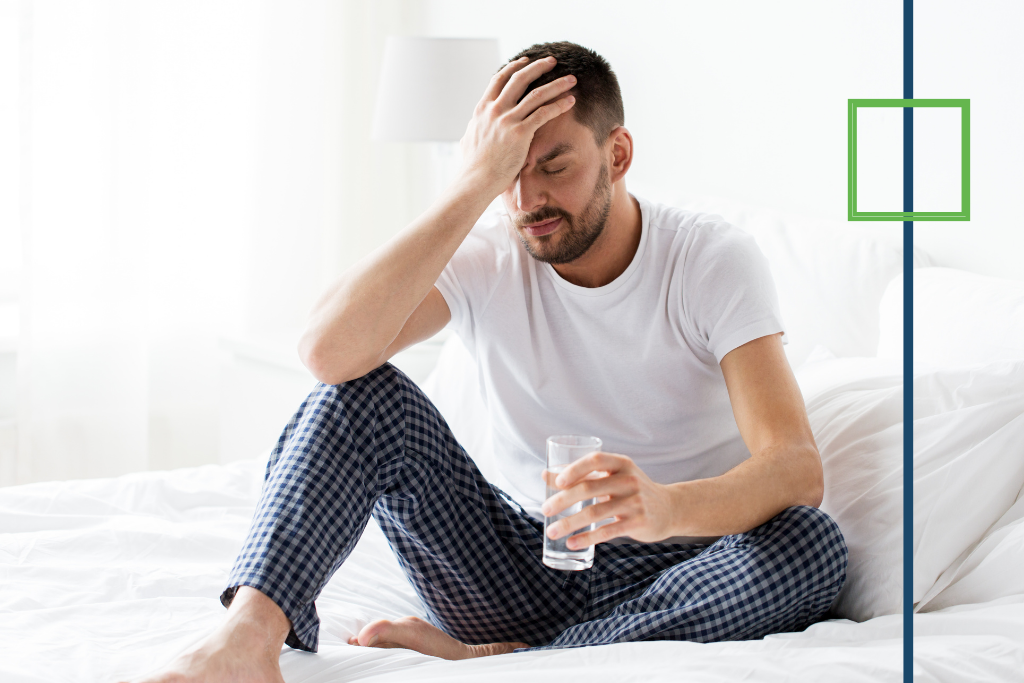4 Benefits of Cutting Down or Cutting Out Alcohol
There are numerous advantages and benefits to cutting down or cutting out alcohol. Taking a break from drinking alcohol is one of the best things you can do to improve your health. Whether you’re thinking about drinking less in an average week or feeling like you don’t want to drink alcohol anymore, there are so many good reasons that can help make the choice that is right for you. And if you choose not to cut out alcohol completely right now, it’s best to stick to the low-risk weekly guidelines.
1. Improved Mental Health
When you take a break from drinking alcohol, you’ll most probably notice that your mood improves, and you feel more positive overall. It is because you’re not undergoing the anxiety, low mood, and tiredness linked with the day after drinking, your perspective can shift, and you’ll have more time to do things that make you happy and content. This could be catching up with buddies over Sunday brunch, yoga classes, or giving your mood a boost with a lovely long walk in the park.


Get Your Life Back
Find Hope & Recovery. Get Safe Comfortable Detox, Addiction Rehab & Mental Health Dual Diagnosis High-Quality Care at the We Level Up Treatment Centers Network.
Hotline (877) 378-41542. Better Long-Term Physical Health
In the short-term, cutting down on alcohol has all kinds of benefits like weight loss, lower blood sugar, and fewer negative consequences such as heartburn or headache. One study has shown other benefits, including reduced cholesterol and lower blood pressure.
After a few weeks without alcohol you may witness that your day-to-day health has enhanced. This is because alcohol weakens your immune system. So if you do catch the flu that’s doing the rounds at work, you may notice that you’re better able to fight it off and heal more quickly.
Over time, liver function can improve. The liver performs many crucial processes in our bodies, and reducing how much you drink means the liver can concentrate on these important jobs instead of working overtime to process and remove alcohol.
Changes now can protect our future health. Multiple alcohol-related health risks don’t appear until later in life. This suggests that how much and how often we drink now can impact our health later in life. Doing small, positive changes now will help lessen risks for a long list of health harms, including liver and heart disease and cancer. And so, while you may not be able to see all the benefits immediately, you can be confident that you’re making a difference to your long-term health.
3. Healthier Appearance
If you’re trying to lose a few pounds or maintain a healthy weight, cutting back on alcohol can surely help. Alcohol has almost the same calories per gram as pure fat, and depending on the type, the sugar content can be high. For instance, one bottle of white wine (750ml, 12.5%) has 30 grams of sugar. That is equal to 8 teaspoons of sugar! And this doesn’t even take into account any late-night snacking or junk food you might eat the following day.
Your skin should look healthier for many different reasons. A US study found that alcohol is a trigger for rosacea (flushing or facial redness) and can aggravate the condition if you already have it. Alcohol dehydrates the body because it is a diuretic that increases your body’s need to urinate more frequently. This means you’ll lose water and sodium more quickly, which can leave your skin looking dry and dull.
4. Better Sleep and More Energy
One of the first things you’ll notice when you take a break from alcohol or drink less is how much better you’re sleeping. If you always have a drink to help you fall asleep (which actually has the opposite effect because alcohol has a stimulant effect), your body might take a few days to adapt to a normal sleep cycle without alcohol. Keep going! Once you develop your new alcohol-free nightly routine, your quality of sleep will surely improve.
Better still, you’ll wake up feeling recharged and full of energy to take on the day ahead. This can help improve your memory, concentration, productivity. More good news is that you’ll be more likely to attend that morning weekend workout session you booked earlier in the week, which is good for your body and mind.
Get Help. Get Better. Get Your Life Back.
Searching for Accredited Drug & Alcohol Rehab Centers Near You? Or Mental Health Support?
Even if you have failed previously, relapsed, or are in a difficult crisis, we stand ready to support you. Our trusted behavioral health specialists will not give up on you. Call us when you feel ready or want someone to speak to about therapy alternatives to change your life. Even if we cannot assist you, we will lead you wherever you can get support. There is no obligation. Call our hotline today.
FREE Addiction Hotline – Call 24/75 Strategies for Tapering Alcohol Consumption and Learning How to Reduce Alcohol Consumption Safely
Once you’ve figured out how to reduce your alcohol consumption safely, there’s still the question of how to do it effectively. Each individual’s drinking patterns, physiology, and psychology are different. Understanding what works best for you may take some trial and error. That being said, each of the strategies and tips below may guide you on the process, and stay on track in achieving your goals.
1. Make a Daily Drink Schedule, With an End Date
Many alcohol abuse treatment programs advise making a set schedule of how much you will decrease your drinking each day and choosing an actual finish date. This is called a “tapering schedule.” Some might choose to do this over a shorter span of time, such as seven days. In this case, you would drink only as much as necessary to keep alcohol withdrawal symptoms under control and stop drinking alcohol completely at the end. For other individuals, making a reduction plan that lasts several weeks, or even months may be the best option. What matters most is making a plan you can stick with and finding effective ways to hold yourself to it [1].

2. Take Medication for Alcohol Cravings
One way to make things less painful for yourself is to take one of several anti-craving medications. These prescription drugs can help bring balance to your brain chemistry and lessen your cravings to drink. Some, such as naltrexone, sold under the brand name Vivitrol, can even mute the effects of alcohol so that drinking becomes less interesting over time. Taking these prescription drugs with the supervision of an addiction specialist can lessen the desire to “break the rules” or “cheat,” making the process less stressful.
3. Find Ways to Hold Yourself Accountable
It’s one thing to set a goal. It’s another thing to follow through to the end—primarily if you experience strong desires for alcohol.
If you’re stopping gradually over time, consider keeping a drinking journal. You might also try a “stop drinking app.” There are several options that can help you track your drinks and others that connect you with a supportive, larger online community. Set reminders on your cellphone or leave inspirational quotes around the house. Ask a close friend to hold you to your limits when you go out. Whatever works, so long as it gives you some structure and helps you adhere to the plan.
4. Get a Support Team
Not only is it safer to have someone around, but it can also give you much-needed psychological support. Ask a close friend or loved one to be your “safe person” in times of stress. Consider entering a support group—there are now secular alternatives to Alcoholics Anonymous (AA), as well as online options. Finally, having a counselor, therapist, or recovery coach to talk to goes a long way.
5. Weaning or Tapering Off Alcohol
Choosing to stop drinking and following through isn’t just about determination and willpower. Many other factors go into consideration with these trying and difficult scenarios. Tolerance, dependence, social habits, setting, the biology of the person, and more must all be considered.
First-class Facilities & Amenities
World-class High-Quality Addiction & Mental Health Rehabilitation Treatment
Rehab Centers TourRenowned Addiction Centers. Serene Private Facilities. Inpatient rehab programs vary.
Addiction Helpline (877) 378-4154Proven recovery success experience, backed by a Team w/ History of:
15+
Years of Unified Experience
100s
5-Star Reviews Across Our Centers
10K
Recovery Success Stories Across Our Network
- Low Patient to Therapist Ratio
- Onsite Medical Detox Center
- Comprehensive Dual-Diagnosis Treatment
- Complimentary Family & Alumni Programs
- Coaching, Recovery & Personal Development Events
Risks of Alcohol Withdrawal
While for some individuals the effects of alcohol withdrawal are merely unpleasant, for some they can be serious, painful, or even life-threatening. This is the reason why you should never go through alcohol withdrawal alone,. The safest option is to quit under medical supervision. If that isn’t possible or practical, make sure you have another individual checking in on you, and understand which symptoms of alcohol withdrawal are dangerous.
Headaches, anxiety, insomnia, sweating, nausea, and shaking hands are all normal signs of alcohol detox and may not cause alarming concern. However, if you experience severe confusion, vomiting, diarrhea, racing heart, hallucinations, shaking hands or uncontrollable sweating, or fever, it’s best to seek immediate medical attention. In severe cases, alcohol detox can lead to a condition known as delirium tremens (DT’s) , or cause seizures and even death [2].
Cutting back slowly and gradually may help you avoid alcohol withdrawal symptoms, but as of this moment there is little to no evidence that proves this. Therefore, no matter how you intend to go about stopping, it’s best to have professional medical advice before proceeding. This article should not substitute for the advice of a licensed medical professional.
Challenges of Cutting Down Your Alcohol Intake
Cutting down your alcohol intake may not be a walk in the park. Individuals who want to lessen their alcohol intake usually do not realize how much of their daily and social routines alcohol has become. Tapering alcohol may be uncomfortable, and there may be subconscious triggers that stimulate the desire to drink alcohol. Stress is a common trigger that makes it difficult to modify your alcohol consumption.

Individuals who are struggling with alcoholism that goes undiagnosed may have an especially hard time cutting back on their alcohol intake. In many cases, individuals with a moderate to severe alcohol use disorder may be instructed to undergo medical detox, where they slowly rid the body of alcohol under medical supervision rather than a taper. If you’re struggling to stick to a taper or do not trust yourself to moderate your alcohol use, having strict supervision and support can help you meet your recovery goals.
World-class, Accredited, 5-Star Reviewed, Effective Addiction & Mental Health Programs. Complete Behavioral Health Inpatient Rehab, Detox plus Co-occuring Disorders Therapy.
CALL (877) 378-4154End the Addiction Pain. End the Emotional Rollercoaster. Get Your Life Back. Start Drug, Alcohol & Dual Diagnosis Mental Health Treatment Now. Get Free No-obligation Guidance by Substance Abuse Specialists Who Understand Addiction & Mental Health Recovery & Know How to Help.
Managing the Day-to-Day Details
Different strategies work better for different individuals. But here are some key strategies for controlling how much you drink, day in and day out:
- Measure, count and space your drinks. A journal or drink-tracking app can make this easier.
- Know the standard drink definition: Roughly 12 ounces of beer, 5 ounces of wine, or 1.5 ounces of liquor. Stay consistent in your definition of “one drink.”
- Replace drinks with water or electrolyte beverages.
- Choose specific times of day when you will drink or not drink.
- Switch to a drink you like less. (Start drinking wine if you prefer cocktails, for example.)
As for the best thing to drink when cutting back, many individuals recommend beer or anything with low alcohol content. This will make it harder to drink to intoxication and easier to space your drinks.
The Rationale for Tapering Down instead of Cold Turkey
We do know that tapering off is standard medical practice for other drugs. People taking antidepressants, for instance, are usually not taken off their medication abruptly but have their dosages gradually reduced.
We also know that products used to help individuals quit smoking, such as nicotine patches or gum, are designed to gradually wean smokers off nicotine by slowly reducing the amount of nicotine they consume.
Common sense tells us that quitting cold turkey from a 12-beer-a-day habit is going to be more stressful than tapering down slowly. That doesn’t mean to suggest that home detox is either effective or reasonably appropriate.
Generally speaking, alcohol home detox is neither the most effective nor the safest method of quitting alcohol. However, it is inexpensive and may be suitable for someone whose job, relationships, and well-being are not in jeopardy.
If you’re looking for long-term solutions to staying sober, the alcohol rehab treatment at We Level Up NJ may be able to help. Learn how to reduce alcohol consumption safely. Trusted detox and rehab facilities might actually be the safest place for someone with a substance use disorder right now. Get started at the ideal location during the ideal time to get sober. Contact We Level Up NJ today.
We Level Up inpatient rehab New Jersey has medical professionals on staff who can help those suffering from alcoholism start getting back to their lives and assist those around them in understanding how to be as supportive as possible. If you or a family member is seeking dual diagnosis programs in New Jersey, contact us today and we would be happy to help.

Experience Transformative Recovery at the We Level Up Treatment Center.
See our authentic success stories. Get inspired. Get the help you deserve.



Start a New Life
Begin with a free call to an addiction & behavioral health treatment advisor. Learn more about our dual-diagnosis programs. The We Level Up treatment center network delivers various recovery programs at each treatment facility. Call to learn more.
- Personalized Care
- Caring Accountable Staff
- World-class Amenities
- Licensed & Accredited
- Renowned w/ 5-Star Reviews

